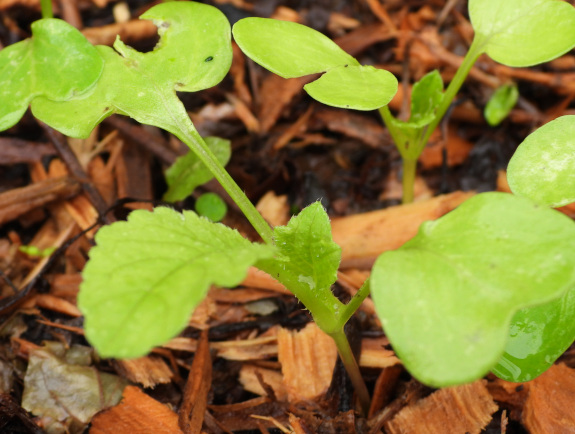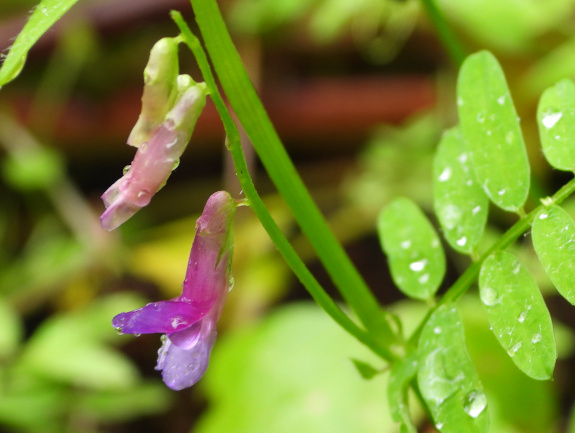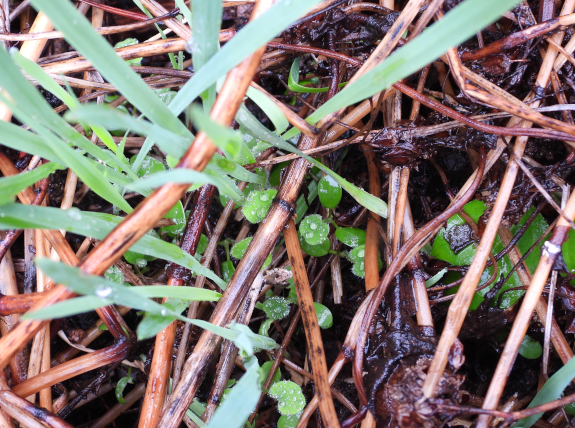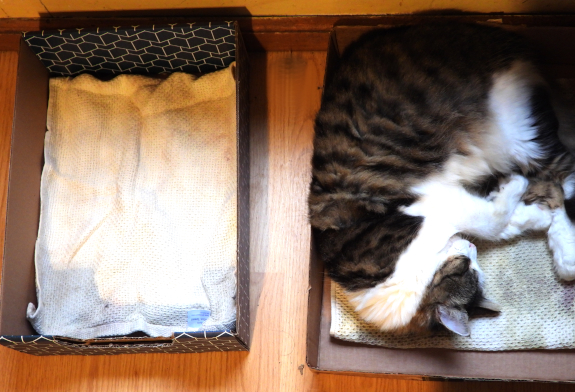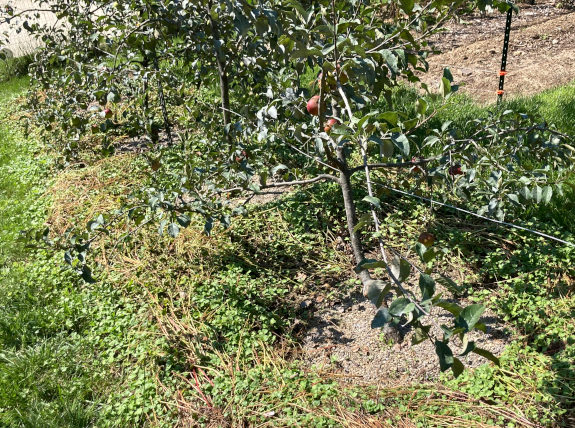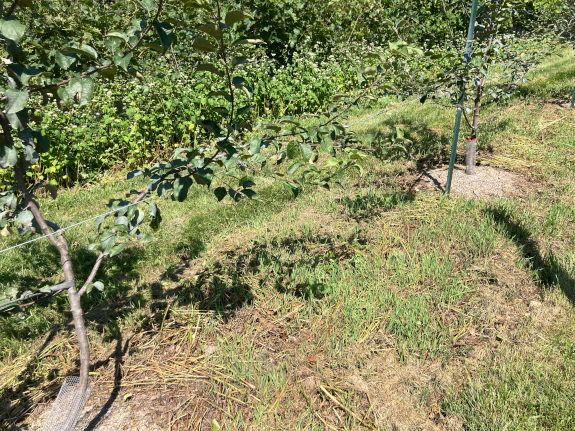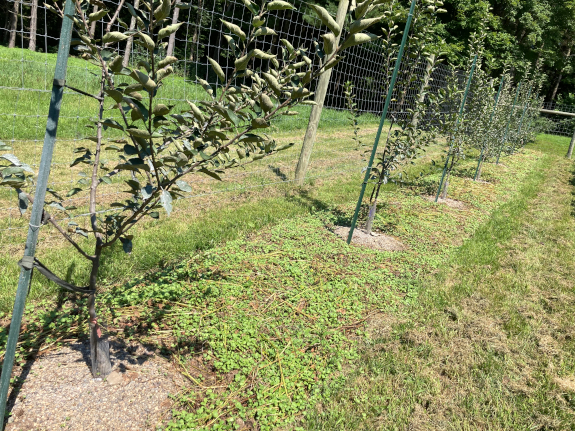
archives for 09/2022
As the summer garden season winds down, I'm filling gaps not needed for cool-season veggies with cover crops. And, in addition to my old standbys, I'm running a few experimental plantings this year.
My focus is trying to find at least one legume I heartily recommend in a no-till system. Summer-planted hairy vetch, unfortunately, is not it. The flowers are just starting to pop up and they're quite pretty, but the cover crop grew so slowly during its early life that the bed is more full of weeds than vetch.
I'm hoping experiment 2 and/or 3 will yield better results. I interseeded crimson clover amid half of my oats last month on the theory that a grain will cover the ground fast enough to deal with the weed issue while the legume will still be able to find its feet and add nitrogen to the soil. On a similar vein, I'll be planting a mixed bed of rye and hairy vetch next week.
Stay tuned for results in the spring!
We invited a couple of stray cats to join us a few months ago.
Daisy and her playful son Dandelion.
I decided they need a proper box to relax in and actually ordered a cat box.
The box it came in was also close to the right height and size.
Daisy says it might take several days to figure out which is her favorite.
Awesome reader and cover-crop experimenter Craig wrote in last month with his questions and comments about planting cover crops between young fruit trees in mid Ohio. He promised me pictures and a followup, both of showed up in my inbox last week.
Craig's first experiment involved "hand-tossed rye seeds on my apple beds" in early August to replace a mature buckwheat stand. He noted, "I'm loving how the action of re-seeding a new green manure crop after buckwheat accomplishes multiple tasks: plants the next cover, provides an opportunity to weed (easily and satisfyingly) what didn't get crowded out by the last round of growth, and creates a mulch on the soil surface."
This has been my experience too! My best stand of oats is coming up where I treated a buckwheat bed exactly the same way. Definitely recommend!
Again just like in my garden, Craig's oilseed radish cover crop (which he calls "torpedo radishes") came up very strongly. We both overseeded since it's tough to get anything to sprout atop dry late-summer soil, and we both ended up with a radish stand thicker than was really necessary. No real harm done other than a waste of seed, but our lesson has been learned!
Craig promised me a followup this spring, so I'll be sure to keep you posted. In the meantime, I thought I'd spill some beans of my own. I'm hoping to find time this winter to work on a cover-crop video course and/or workbook. Both are intended to simplify the brain power involved in including cover crops in your garden, either through lots of hands-on visuals (video course) or through charts and pages that walk you through the decision-making process (workbook). If I don't have time for both, does one of those sound a lot more fun than the other to you?
Finally, I'd be remiss if I ended this post without telling you that it's not too late to plant rye. If you have garden beds that are going to weeds and that you know you won't need until next June, why not get a cover crop established to improve your soil while you take the winter off?
A summary of our experience over the past 4 years using one of those greenhouses in a box to store firewood.
Want more in-depth information? Browse through our books.
Or explore more posts by date or by subject.
About us: Anna Hess and Mark Hamilton spent over a decade living self-sufficiently in the mountains of Virginia before moving north to start over from scratch in the foothills of Ohio. They've experimented with permaculture, no-till gardening, trailersteading, home-based microbusinesses and much more, writing about their adventures in both blogs and books.
